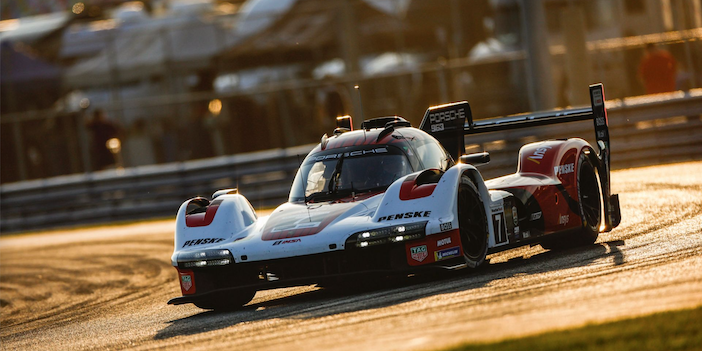As the Porsche Penske Motorsport team prepared to race the Porsche 963 in anger for the first time, Pascal Zurlinden, director of performance engineering at Multimatic Special Vehicle Operations, shared details about the company’s involvement in the new LMDh era of sportscar racing.
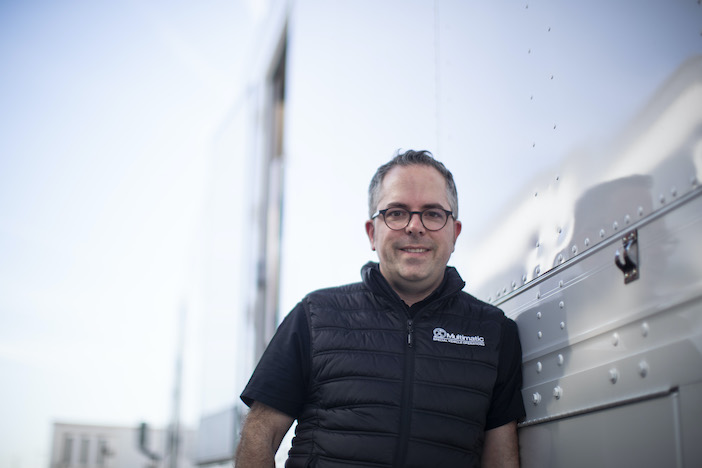
Photo: Drew Gibson
Let’s start with the basics: what is LMDh?
LMDh stands for Le Mans Daytona hybrid. It is a brand-new type of sportscar that has been created to race in the IMSA WeatherTech SportsCar Championship (IMSA), which includes races such as the Rolex 24 at Daytona and the 12 Hours of Sebring, and the FIA World Endurance Championship (WEC), the highlight of which is the 24 Hours of Le Mans. In IMSA it will race in the GTP class and in WEC it will race in the Hypercar class, the top classes of both series.
Each car has a manufacturer-defined internal combustion engine – for Porsche it is a 4.6-litre V8 biturbo – and a spec hybrid system, which is a collaboration between Bosch (motor) and Williams Advanced Engineering (battery system), with a spec gearbox from Xtrac. The styling of the bodywork is manufacturer defined so that fans can identify the brands competing. In terms of speed, the LMDh cars will target a 3m 30s racing lap of Le Mans.
What is Multimatic’s involvement in LMDh?
We are one of the four chosen chassis suppliers. Car manufacturers can choose which of the four suppliers will create the ‘spine’ of their car, and we were honoured to be chosen by Porsche, which has named their car the Porsche 963. As part of the spine, we will also provide Porsche with the latest Multimatic DSSV dampers designed for racing prototypes.
Can anyone other than Porsche race the 963?
Yes, the regulations allow the competing manufacturers to sell cars to customer teams. In addition to the two factory 963s that will be campaigned in IMSA, and two further cars in WEC by Porsche Penske Motorsport, multiple customer teams have also ordered cars.
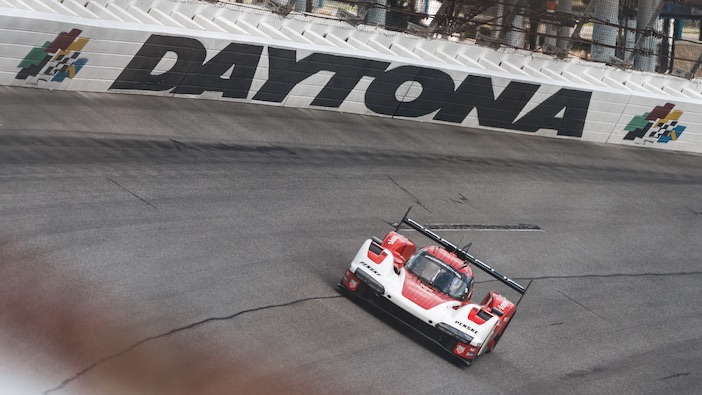
Why do you think Porsche chose Multimatic?
Our two companies have worked together on a multitude of projects for many years: 919, RSR, Cup and so on. This meant that we were already used to working as a team, which eliminates any risk of losses when you want to reach your goal.
Another key factor could have been that Multimatic has a base in Charlotte, quite close to Porsche Penske Motorsport, which again makes the project efficient.
This partnership with Porsche Motorsport is the culmination of more than 30 years of development of our expertise in the field of engineering and development of competition vehicles.
How did Multimatic go about creating the ‘spine’ of the Porsche 963?
As the LMDh regulations were brand new, we had to start with a clean sheet of paper. This is where those 30 years of experience in developing competition vehicles came in. Every dimension, and many of the specifications, were completely different to any previous regulations so, led by Julian Sole [best known as Lola’s chief designer], our motorsport engineering department started from zero.
Were there any particular challenges?
One of the main challenges was that we had to develop the chassis/car to accommodate different engines; the V8 turbo from Porsche, but also any other engine of customers contacting us to use our spine.
Another challenge was the integration of the hybrid system as this was evolving at the same time that we were developing the spine. This was a challenge, but we worked as a team with the LMDh hybrid partners – Bosch, WAE and Xtrac.
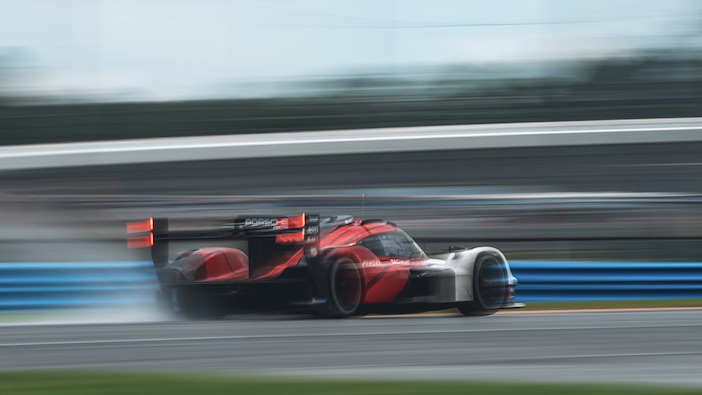
Where are the spines built?
Mostly in-house in the UK, using our carbon facilities, our racing damper facility and our manufacturing facilities. It all then comes together at the Multimatic Niche Volume Assembly (MNVA) facility in Thetford, England.
What is your ongoing role in the Porsche 963 programme?
As ‘Technology Partner’, our involvement in the Porsche Motorsport LMDh programme will not stop with the delivery of the spines and the parts at Porsche in Weissach. Porsche has asked us to look after its customers with engineering support for performance, drivetrain and systems, but also the parts service at the race tracks. We have a dedicated department, whose personnel will be present at all races in WEC and IMSA. We are proud to be part of the full programme, from the blank sheet of paper to the racing activities.
Are you ready for Daytona?
Following the test programme that we went through in 2022 and also in the last days, we can say that we are as ready as we could possibly be for Daytona.
Footnote:
Both Porsche Penske Racing 963 GTP cars led laps on their debut in the IMSA SportsCar Championship at the Daytona 24 Hours, but both vehicles lost contact with the leading pack due to technical defects.
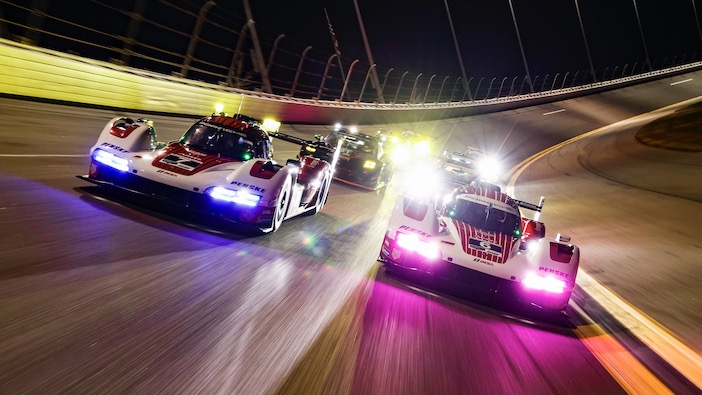
After a promising start with Nick Tandy and Felipe Nasr in the cockpits of the two Porsche 963s, the works team suffered the first setback at 19:00 on Saturday: delays caused by a required replacement of the high-voltage battery put the No. 7 car down the field. As the race progressed, damage to the cooling system meant the vehicle had to return to the Porsche Penske Motorsport garage for repairs. The #7 car did finish the race, albeit 34 laps behind the winner (Meyer Shank Racing’s Acura ARX-06).
The No. 6 car was doing well in the early stages of the race, with Tandy pushing from P9 on the grid to the leading pack, and during the night, teammates Mathieu Jaminet and Dane Cameron led the field at times. A spin by Tandy cost him three laps, but on Sunday morning the team posted top lap times and looked a threat to the frontrunners, only to be forced to retire early due to a gearbox problem.
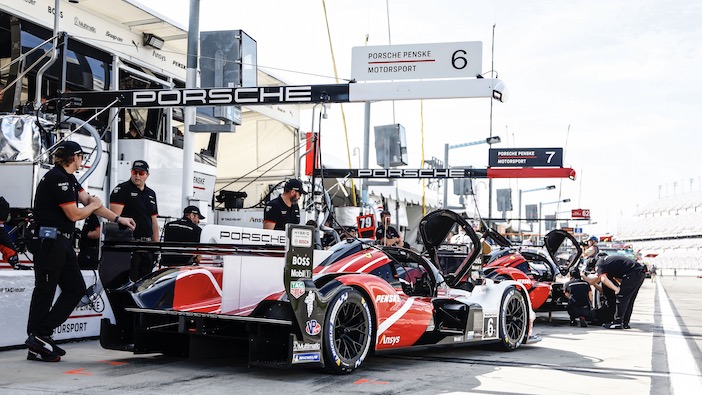
“We’re disappointed, no question about it,” said Thomas Laudenbach, VP of Porsche Motorsport. “After just over five hours, the No. 7 car was thrown out of contention for victory due to an issue with the high-voltage system. Later, our No. 6 suffered damage to the powertrain. We experienced several problems but at the same time, we were able to learn a great deal. The good thing is, we know where we now stand and what we need to work on. We’ll now prepare systematically for the next race at Sebring in March.”


